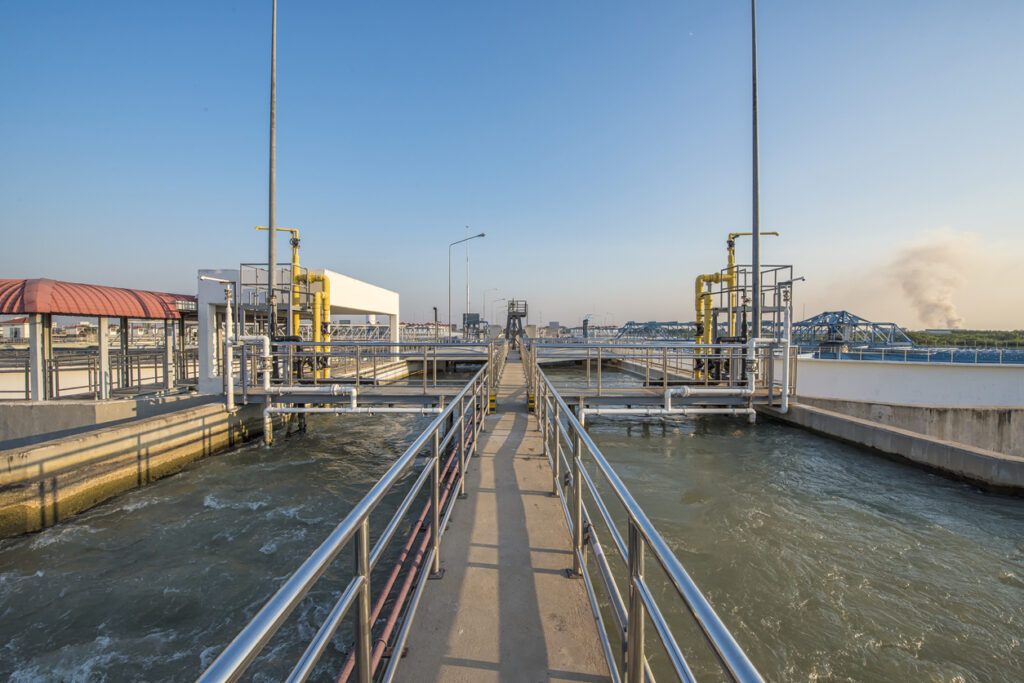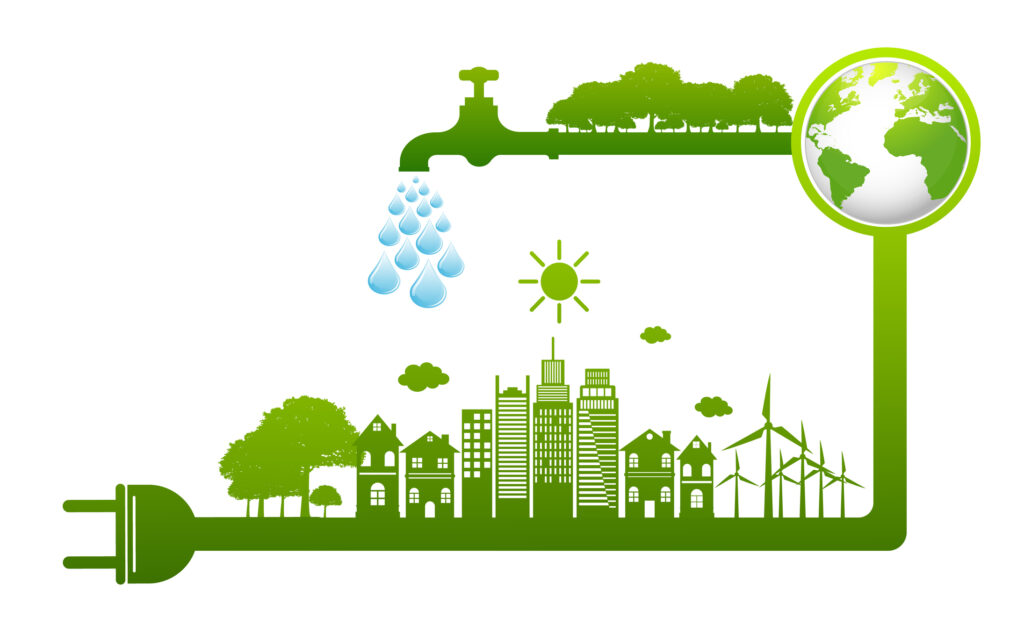By Megan Finch
Water treatment facilities are essential for providing safe drinking water to people worldwide. However, traditional methods of monitoring water quality can be costly. Fortunately, advances in technology have made it possible to optimize water treatment and the water tracking processes using wireless sensors.

Wireless sensors can provide real-time data on water quality and usage, allowing treatment facilities to quickly identify and address issues before they become major problems. In addition, the use of wireless sensors can reduce the need for manual labor, which can be expensive and time-consuming. Many companies are adding sensors to their applications. One such organization, the Pennsylvania Water Authority, added remotely managed capabilities. According to “Jason Orsini, Findlay Township Municipal Authority’s General Manager, “This technology allows us to know of any abnormalities within our 75 miles of waterline every day, whereas before with a lift and shift system we may not know of a leak for anywhere up to 35 days.”’ [i]
Furthermore, wireless sensors can help reduce carbon dioxide emissions by optimizing energy consumption in many organizations. By monitoring energy usage, facilities can identify areas where energy is being wasted and implement changes to reduce their carbon footprint. Retail giant Costco has saved money and energy by adding sensors to their retail locations. According to one article, “The pilot generated 22% savings in water bills, and the technology was later expanded to all of Costco’s U.S. stores.” [ii]
By providing real-time data, operators can make informed decisions about when to perform maintenance or replace equipment, resulting in reduced downtime and increased productivity. This can ultimately lead to cost savings and improved customer satisfaction.

However, these wireless IoT applications need to run on a wireless network. At Select Spectrum we recommend and help organizations acquire licensed wireless spectrum. Licensed wireless spectrum is an excellent choice for water treatment sensors due to its reliability, security, and potential to handle large amounts of data depending on the frequency. By using licensed spectrum, water treatment facilities can ensure that their sensors are operating on a stable and secure network, which is essential for maintaining accurate and timely data on water quality. Furthermore, licensed spectrum is highly regulated, which ensures protection of your wireless asset. Overall, licensed wireless spectrum is an ideal choice for water treatment sensors, and its use should be encouraged in the industry.

In conclusion, the water treatment industry can greatly benefit from the use of wireless sensors. By reducing water loss, energy consumption, and downtime, facilities can save time, money and reduce their carbon footprint. As we continue to face global challenges related to climate change and resource scarcity, it is important that we embrace new technologies to optimize our processes and protect our planet. Visit https://www.selectspectrum.com or https://www.selectspectrum.com/resources/industries/industrial-water-treatment to learn more about how wireless sensors can revolutionize the water treatment industry.
[i] https://www.businesswire.com/news/home/20230307005491/en/Pennsylvania-Water-Authority-Masters-Proactive-Leak-Detection-Using-Xylem-Technology
[ii] https://www.wateronline.com/doc/how-iot-sensors-reduce-water-waste-0001
